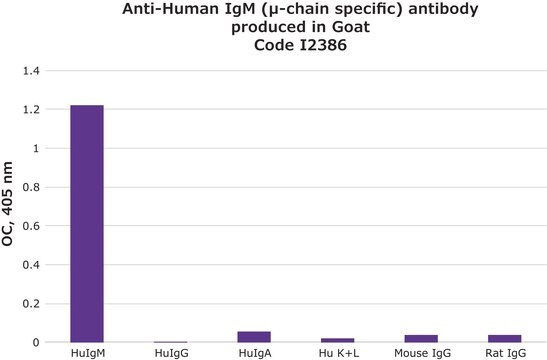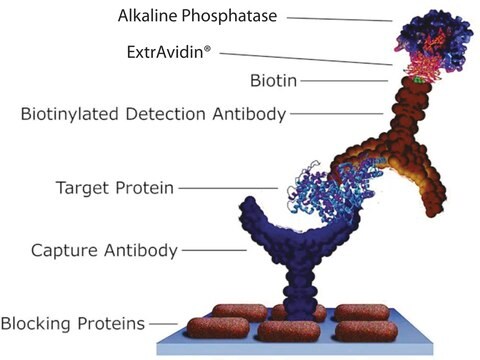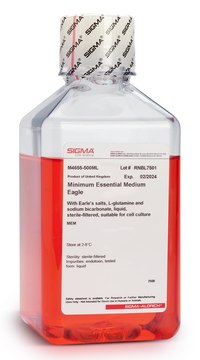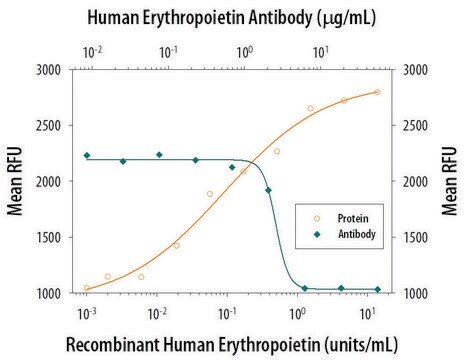I9885
Anti-Human IgG (γ-chain specific), F(ab′)2 fragment antibody produced in goat
affinity isolated antibody, lyophilized powder
Synonym(s):
Goat Anti-Human IgG
About This Item
Recommended Products
biological source
goat
Quality Level
conjugate
unconjugated
antibody form
affinity isolated antibody
antibody product type
secondary antibodies
clone
polyclonal
form
lyophilized powder
packaging
pkg of 5x1 mg
pkg of 1 mg
storage condition
avoid repeated freeze/thaw cycles
technique(s)
Ouchterlony double diffusion: suitable
quantitative precipitin assay: suitable
color
white to off-white
solubility
water: soluble, clear to hazy, colorless (after reconstitution with 1 ml of 0.135 M NaCl)
storage temp.
2-8°C
target post-translational modification
unmodified
General description
Immunogen
Application
Physical form
Disclaimer
Not finding the right product?
Try our Product Selector Tool.
Storage Class Code
11 - Combustible Solids
WGK
WGK 3
Flash Point(F)
Not applicable
Flash Point(C)
Not applicable
Personal Protective Equipment
Choose from one of the most recent versions:
Already Own This Product?
Find documentation for the products that you have recently purchased in the Document Library.
Our team of scientists has experience in all areas of research including Life Science, Material Science, Chemical Synthesis, Chromatography, Analytical and many others.
Contact Technical Service







